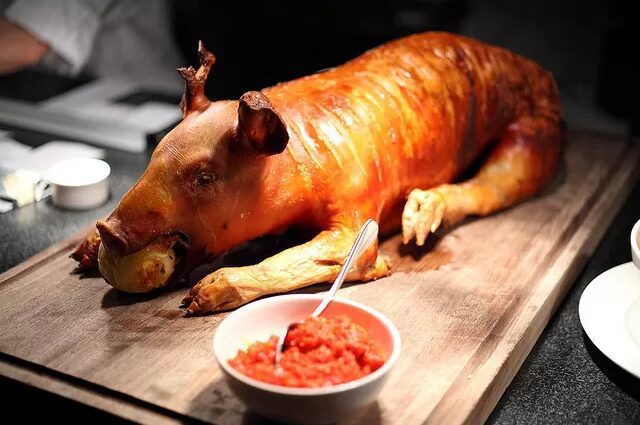Contents
Castilla León is the land of Lambs, and the Lechazo is its best culinary exponent in relation to sheep farming and gastronomy.
During the end of the month of February and throughout the month of March, we will be able to attend several interpretations of gastronomic days in the establishments of hostelry from two of the provinces where it is a pleasure to taste this exquisite delicacy.
- On the one hand Zamora
It started on February 23rd. II Gastronomic Days of the Lechazo and the participation of the restaurants attached to it will extend until next March 13th.
For its development, fifty restaurants and inns from the province of Zamora have joined, highlighting twenty from the Capital, a dozen from Sanabria, five from Benavente, three from Toro and six between Aliste and Sayago, which we leave you linked in the website of I love Lechazo.
There will be winners in both parts of the premises, customers and restaurateurs, and for the occasion the only premises with a Michelin star in the province have been summoned, the Restaurant El Ermitaño de Benavente, in the figure of Pedro Mario Pérez and the television salamantino cook Fran Vicente, semifinalist in the second edition of the television contest of Top Chef Spain, who will choose the three best elaborations of this Castilian barbecue.
On the side of the participants and diners who so wish, they will participate in a raffle of 3 dinners for 2 people in the winning restaurants of the contest.
The days are sponsored by La Provincial Council of Zamora , which once again supports the sector, promoting the consumption and commercialization of Young lamb from Castilla y León, and at the same time clearly betting on tradition, culinary culture, producers, and hoteliers.
From today March 1 until the end of the month, they can be enjoyed or tasted in the Valladolid towns of Medina del Campo, Pozaldez, Rueda and Matapozuelos, the gastronomic excellence of the suckling pigs of the region.
Throughout the month the VI Gastronomic Conference The suckling pig of the Land of Medina, will offer the visitor of the hotel establishments attached to the conference, a “tasting menu” based on a starter, salad, bread, red local wine, homemade dessert, coffee and of course “Definition”.
A dozen will be the hospitality establishments of the aforementioned towns which will be supported by the fire of their lela ovens to offer the visitor the best version of the suckling pig farming of the Castilian land, in a few days that they have in the Tierra de Medina Tourist Initiatives Center its main supporter.
The conferences are also sponsored by the Gremial Association of Medinenses Hoteliers, the Rueda Wine Route, the Medina del Campo City Council, the Tierras de Medina Association and the Vallado Provincial Councilmember.
In this way, the excellent roasts of the participating restaurants join the prestigious products of the region such as wines and cheese, and in order to visit them we leave you a link to the Tierra de Medina facebook page, where you can see where to taste them.
In the absence of Lamb there is also Tostón
The nearby Avila, did not want to be left aside at this end of winter and in parallel to the aforementioned days, The capital of the region of la Moraña, you already have some Gastronomic Days of the Tostón de Arévalo.
The delicious and crunchy suckling pig from Avila is the star of this culinary event, which has already held seven previous editions and has brought together several local hospitality establishments to serve diners a tasting menu consisting of:
Legumes from the region, bread, water, dessert wine and Tostón.
The hospitality association of Arévalo (ASADHOS) is the supporter and organizer of these conferences that undoubtedly seek to publicize not only the culinary excellence of Tarevalo oyster, but also the hospitality of its inhabitants and restaurants.
We leave you a link to the website of the Asadhos Association to be able to consult all the establishments that offer this other interesting gastronomic proposal of the Castilian culinary culture.










